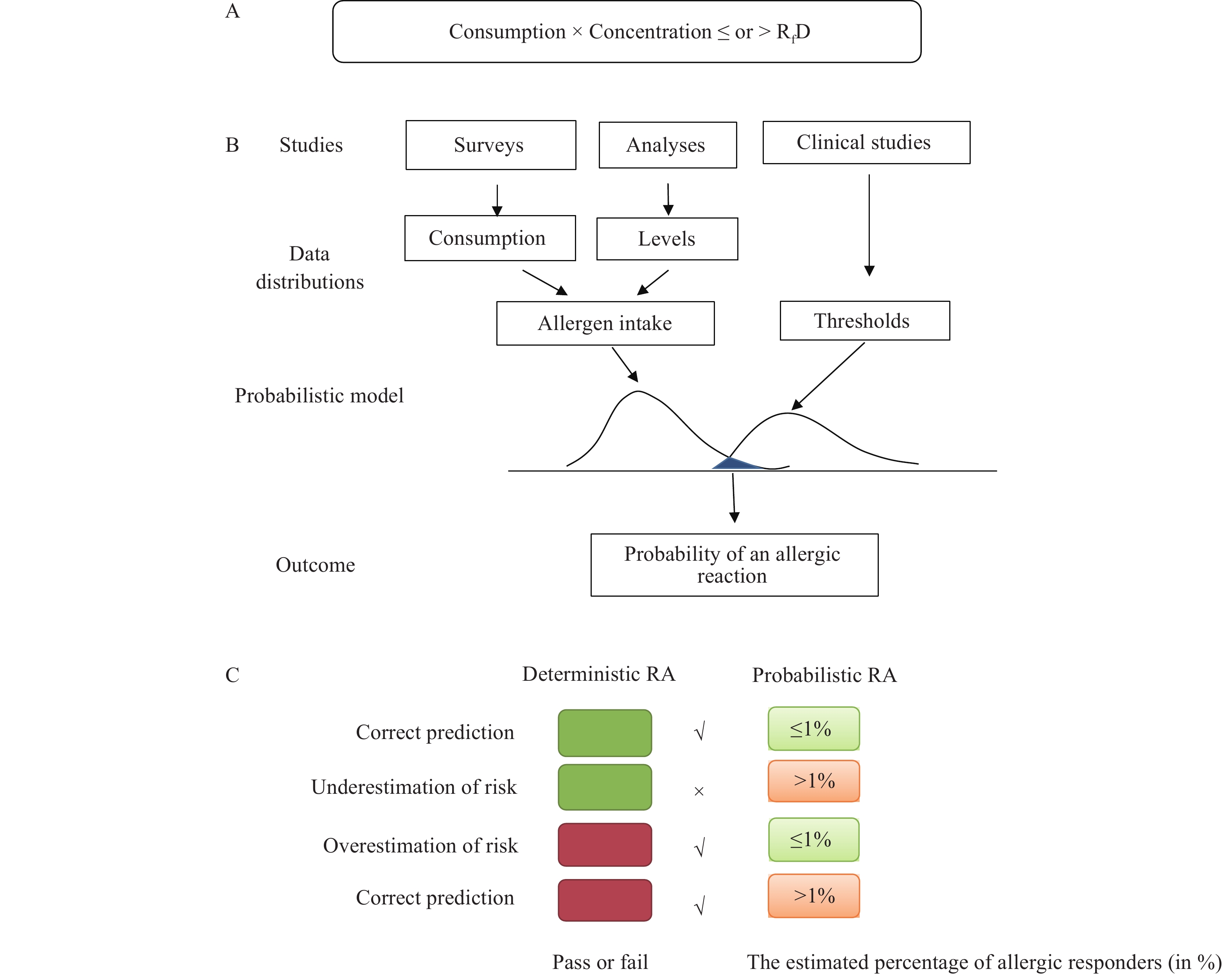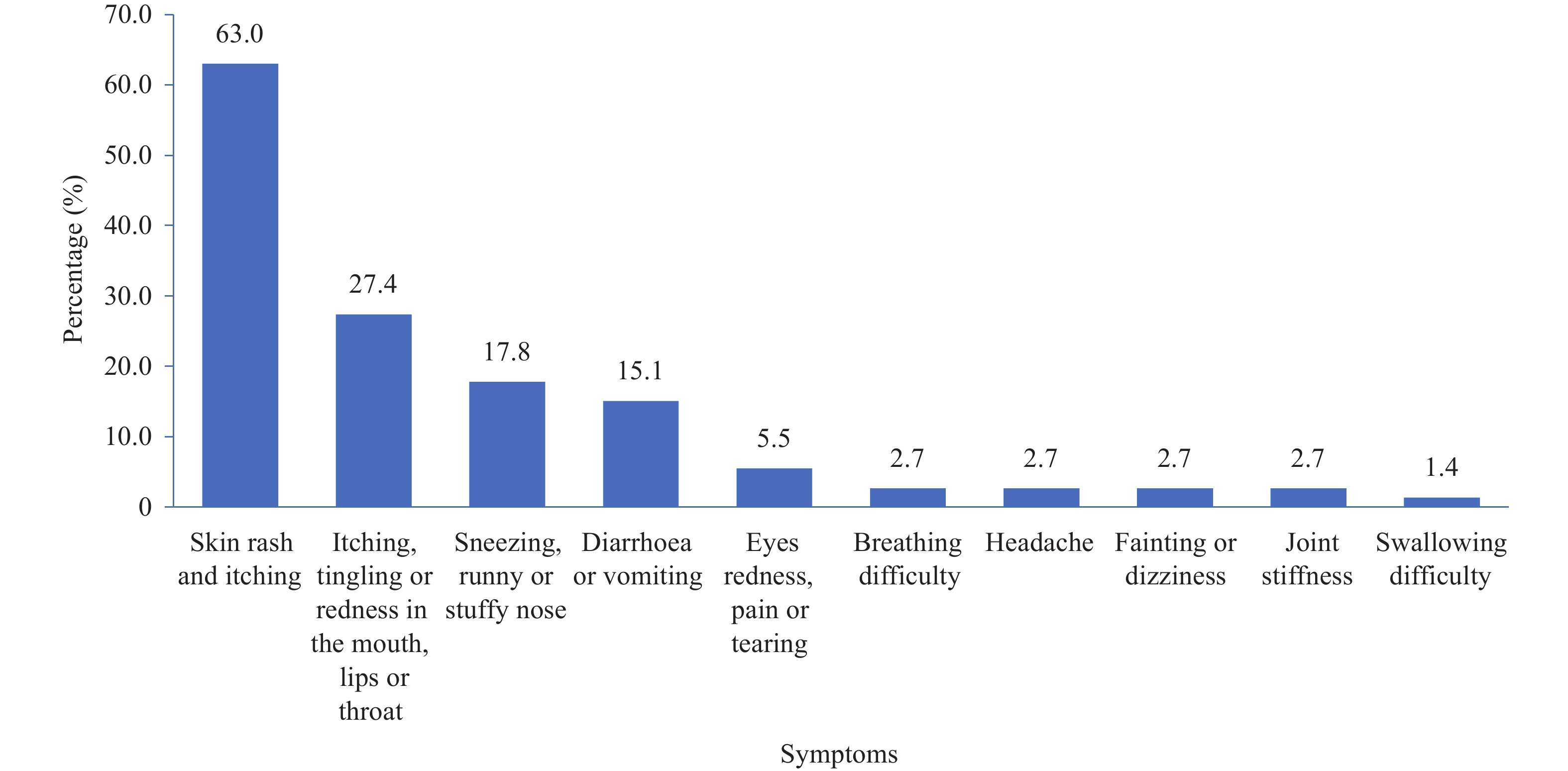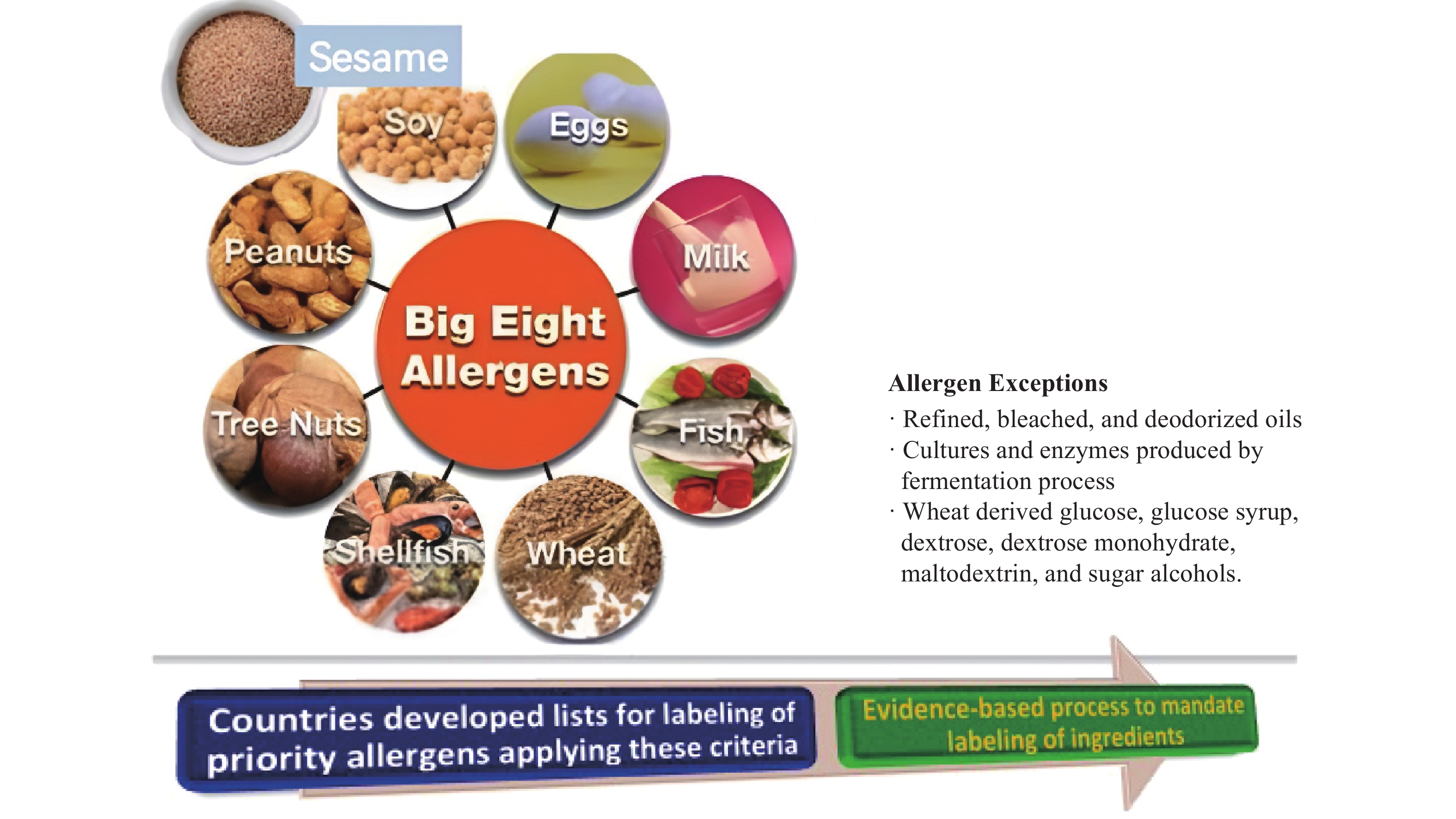2022 Vol. 4, No. 34
Adverse reactions to food (ARF) are a major worldwide public health and food safety problem. Among the various causes of ARF, food allergies (FA) are particularly serious as the immune response that is triggered can be fatal even at very low doses. However, the prevalence of ARF and FA in the general population in China is presently unclear. This study aims to determine the epidemiological characteristics and risk factors for ARF and FA, which can be a basis for estimating thresholds for major food allergens.
This is a multicenter, cross-sectional, epidemiologic survey with a case-control study nested among a selected population in China. Random individuals were recruited using stratified cluster random sampling; ARF and FA were comprehensively assessed using modified EuroPrevall FA Project questionnaires as well as structured interviews, sensitization testing, and double-blind placebo-controlled food challenges (DBPCFC).
This method of epidemiologic study on ARF and FA was a pilot application in Jiangxi Province from January 2020; among the total 21,273 children and adults that completed the questionnaire, 5.8% reported ARF and 4.3% reported FA. ARF were determined to be associated with age, gender, and region. Animal-derived foods were the dominant offending foods, especially shrimp, and skin symptoms were the most commonly reported ARF.
This is the first multi-center, large-scale, epidemiologic study on ARF and FA using standardized methods, including DBPCFC, in the Chinese general population. This study presents an important approach to assessing ARF and FA, provides significant insights about the prevalence of ARF and FA, and facilitates support for updating the list of allergenic food labels: which will be essential for improving ARF prevention and management in China.
There are no consistent regulations on possible unintended allergen presence in food. The Netherlands Organization for Applied Scientific Research (TNO) has been committed to developing a quantitative risk assessment methodology for the unintentional intake of allergens.
This study aims to derive the optimal food consumption point for a deterministic food allergy risk assessment under the TNO framework based on Chinese national consumption data. A case study has been presented as an illustration.
A robust evidence-based food consumption input in quantitative risk assessment of unintended allergens is necessary for future public policy on Precautionary Allergen Labeling for specific products to meet the safety objectives and to be adequately conservative.
The prevalence of food allergy (FA) among the general population has been increasing in recent decades, and seriously affects the physical and mental health and the quality of life of many people — especially children.
The survey estimated self-reported FA prevalence using a standardized FA questionnaire among school children in Nanchang City, Jiangxi Province, China in 2021.
Based on the local, epidemiological characteristics of food allergy, public policies on the prevention and management of FA should be developed and preventive practices should be promoted to decrease the overall prevalence of FA.
In recent decades, the prevalence of food allergy has increased worldwide; however, a comprehensive estimate of the prevalence of food allergy and allergens in China is not yet available.
By searching the English databases PubMed, Embase, Cochrane Library, and Chinese databases CNKI, Wanfang Data, and VIP Chinese epidemiological studies on food allergy, the probability of food allergy in China and related influencing factors were determined.
The findings of this study provide up-to-date estimates of the prevalence of food allergy rates in China in terms of age, gender, and the eight major food allergens.



 Subscribe for E-mail Alerts
Subscribe for E-mail Alerts CCDC Weekly RSS Feed
CCDC Weekly RSS Feed



